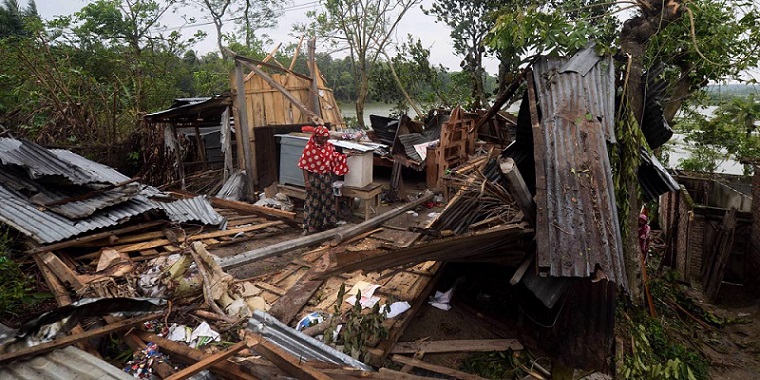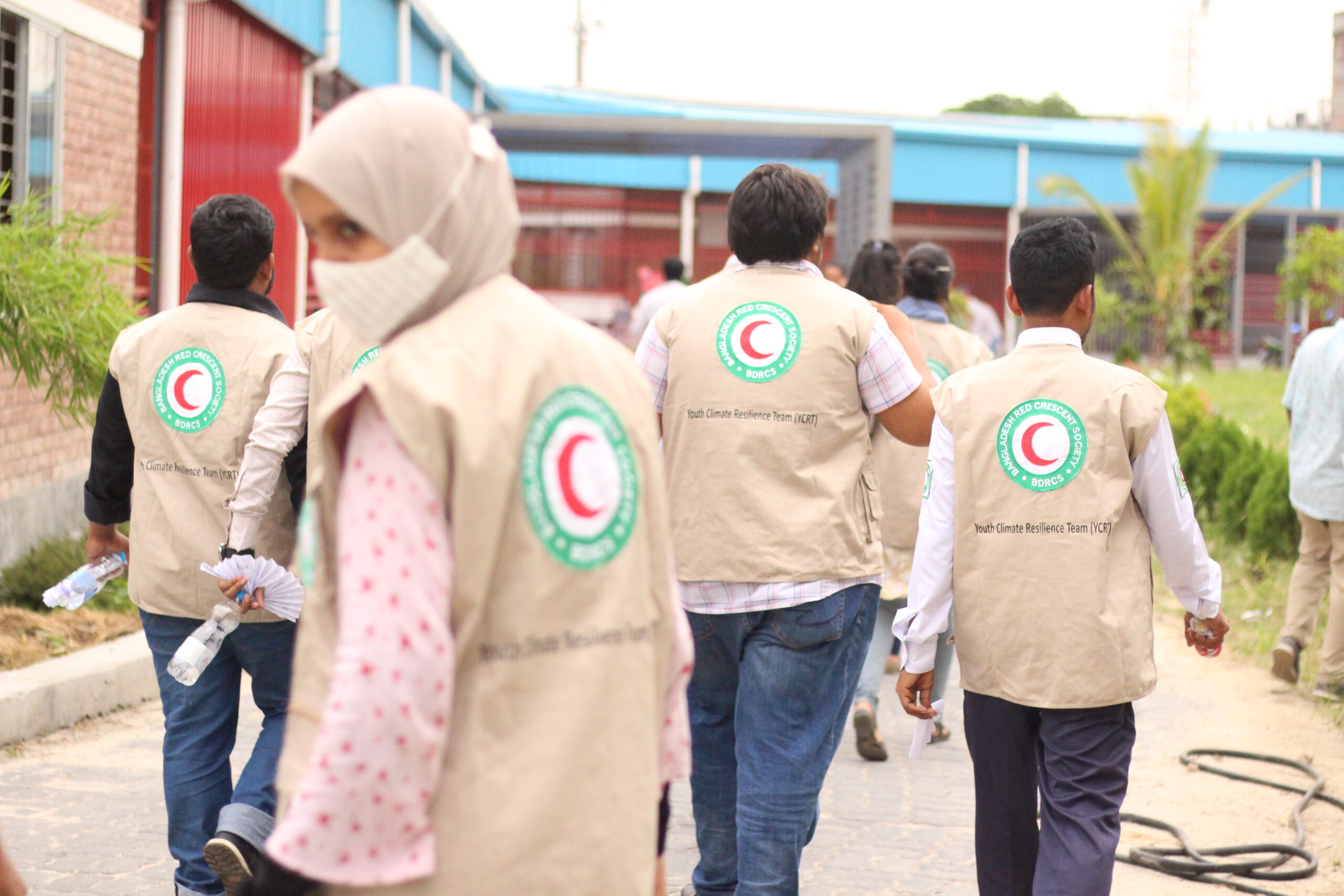Paperless Environment – A Blessing for Positive Climate Change

The paper and pulp industry is the third-largest industrial polluter to water, land and air.
For us, paper is just another necessity, but we don’t see the colossal destruction that comes with this piece of fibers.
According to a study, a tree takes around one hundred years to grow and can produce up to 17-18 reams of paper in its lifetime.
To us, a paper may sound safe and harmless, but in truth, it causes severe environmental and ecological damages, which can have wide-ranging aftermaths.
These carbon sinks individually are capable of absorbing a maximum of 20,000 lbs. CO2 in their lifetime. Cutting down these trees for just papers increases the rate of CO2 emission and overloads greenhouse gases that can result in melting ice caps, rise in sea level and increased chances of water floods.
Today, many countries are striving to go paperless, including Canada and the US, the world’s most extensive paper and pulp producers.
Initially, the concept was slow to catch. However, the benefits of a paperless environment have become well known, and many countries are looking forward to employing ways that can aid them in reducing paper use.
Paper Industry and Environmental Damage
From the sourcing process to manufacture and disposal, the Paper industry causes environmental damages resulting in air, water and land pollution.
· Source Process
Right from the initials, paper and pulp industries are no less than a curse for the environment. 35% of the harvested trees and 40% of industrial wood is used for manufacturing papers.
Since trees are carbon dioxide absorbers and release oxygen, they play massive importance in synchronizing our planet’s health and mitigating greenhouse gases’ hazardous effects.
When a lone tree is cut down, it releases 110 lbs. of CO2 into the atmosphere and directly impacts climate change. Not only this, cutting down trees for a few paper reams speeds up the process of global warming and makes it more severe.
Studies states, cutting down trees credits more global carbon discharge than cars and trucks combined, and the high release of these atmospheric gasses results in multiplied deaths and respiratory sickness.
The biodiversity of planet earth is also under this threat as deforestation is one of the species’ endangerment contributors. Approx. 80% of the land animals and plants live in forests, and removing the trees means destroying their habitats.
More than a billion people still count on these trees for their necessities, including food, water, shelter and clothing.
Taking away this important asset just for the sake of a few shreds of reams doesn’t only causes climate damage, but the biodiversity of planet earth is also at risk.
· Manufacture Process
Paper mills every day emanate hefty pollution levels and are incredibly toxic to the environment, surrounding communities and their employees. More than 300 million heaps of paper are manufactured each year, releasing up to 210 million pollutants affecting our soil, water, atmosphere and climate.
Paper industries are the largest water consumers, with one million productions releasing almost 1.5 tons of carbon dioxide each day which can have a diverse effect on neighbouring societies and adjoining ecosystems.
With this in mind, by the end of 2021, paper grinders are predicted to produce up to 500,000,000 tons of paper, destroying the communities climate and their employees’ health with problems like malignant lymphomas.
· Disposal Process
None of us reutilizes every single sheet of the ream, and even if we do, the paper cannot be salvaged indefinitely.
Around 50% of the business waste is created using different forms of documents, and we are left with no options other than keeping them to rot or burning them.
The scorching of paper releases CO2 while rotting emits methane gas that is 25 times more poisonous for the climate.
Benefits Of Going Paperless
· The more you cut paper documents, the less your trees are scratched, and the less your trees are cut, the more are the chances for global warming back up.
· You might think that you individually cannot make any difference, but through your efforts, other people will begin to reduce their paper consumption and see the worth of going green.
· Crawling in a paperless environment will lessen deforestation and pollution, and the more is trees, the greater will be CO2 absorb.
· Less air pollution will reduce the emission of harmful gasses, slowing down the ozone layer’s thinning and global climate change.
Image source
Paperless & Green Environment
The idea of going paperless is simple but needs consistency. All you need to do is, instead of paper, start using digital forms and documents.
Your paperless strategy should be applied to you as an individual and society as a whole. You can minimize the use of paper at home using your basic computer systems; instead of making a grocery list on paper, use your cellphone’s notepad.
For offices, you can use the document management software recommended by Dissertation Assistance UK. They recommend using Podium Clouds. Take the mode of your work into consideration and swipe to digital platforms as much as possible so you can perfectly play your part in making the mission successful.
Once you start going paperless and set your goals, you’ll soon be able to move to document management software.
You can contribute towards a green and healthy environment by reducing your paperwork and moving towards digital billings, etc.
But remember, whatever changes you are making should positively impact and promote sustainability, so the entire community follows your move.
A Solution for Global Warming
Going paperless is the ultimate solution to global warming. Deforestation increases the emission of carbon dioxide and reduces the amount of oxygen from an ecosystem.
The discharge of greenhouse gasses, including CO2, methane, chlorofluorocarbons, etc., in the atmosphere has a considerable effect on the ozone layer that directly impacts our climate and increases global warming.
Economic Savings
Going paperless does not only saves the environment but also reduces the company’s costing. If you’re an employer, automating your business process with digital workflow solutions can save you hundreds and millions of dollars.
Through software solutions, you can reduce data entry costs by eliminating the cost of paper, ink and associated labour with the advantage of never losing a document again.
The Process of Becoming Paperless
Swapping to a paperless system might not be very easy, but either impossible.
Paper documents have always been the way to organize documents and information in the home, business and offices. But, that doesn’t mean it is the best method to store your data.
Chopping down trees and disturbing the climate just for the sake to keep your information safe is never a good idea; however, we cannot say if it’s worse.
Today, many businesses realize that paper is probably the most inefficient way to organize their information and are shifting to electronic document management to build a paperless environment.
Ways to Create a Paperless Environment
To reduce paper usage in your environment, start with your home and workplace.
· Tips for Paperless Home
One of the most significant benefits that will come with a paperless home is the elimination of unnecessary clutter and a well-organized house.
· Purge all your litter. Choose a day or time and discard all your unwanted files, documents, piles of newspapers and whatever trash you have dumped in your wardrobe and drawers.
· Enroll yourself in electronic billing. Pay your utility bills online.
· A week ago, we were assigned a topic to write a hypothesis. While watching my friend do my assignment for me, I noticed the smart tactic she chose. She wrote all the ideas on the pages of handouts we got last year.
· So you can do the same, recycle. While you get rid of the clutter, try to recycle the papers for meaningful work that can only be done on them.
· Remove yourself from the mailing list. If you’ve subscribed yourself to daily, weekly or fortnightly newspapers or catalogue, unsubscribe it right away and switch to digital subscriptions so you can check all these shreds on the internet.
· Tips for Paperless Workplace
Switching to a paperless workplace is the most incredible idea to maintain sustainability and bring a positive climate change as offices are places that consume paper the most.
You can choose wide-ranging digital technologies that don’t involve paper. Such as,
· Online forms. Instead of gathering the employee’s data on a paper form, opt for customized online form builders like jotForm and other digital form platforms.
· Use cloud storage to have the information in real-time. With cloud storage, you can have access to your stored data from anywhere around the world.
· Pick your laptops, tablets and cellphones to jot down notes in the meeting. If you are an employer or a manager, replace paper handouts with digital files.
Ditch Paper, Attain Technology And Save The Trees
Never has been there a fairer time to ditch your paper use than now. We see how deforestation for paper manufacturing is taking over ozone life by disturbing the climate and increasing global warming.
In such times, when the emergence of technology is at its peak, we have no justifications for not going paper-free. And, not to forget how the paperless environment can be a positive climate change.
It’s high time we ditch paper and attain technology for our daily use. By saving a single tree, we can reduce up to 48 pounds of carbon dioxide per year.
With the plentiful alternatives to filing your data, start shifting to digital solutions so you cannot only save the trees, climate and atmosphere but also called smart.
Author bio
Stella Lincoln is an Assistant Editor at Crowd Writer and an intelligent observer ready to provide academic writing services to motivated and determined students. She often conducts educational seminars to guide them regarding their future opportunities.



